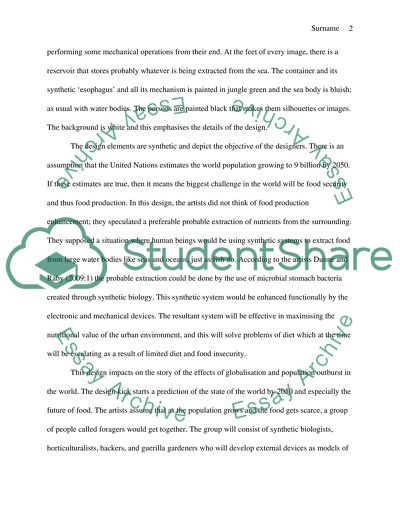Visual Arts and Film Studies: The Designs for an Overpopulated Planet: Essay. Retrieved from https://studentshare.org/visual-arts-film-studies/1476016-visual-arts-and-film-studies-the-designs-for-an-overpopulated-planet-no-1-forager
Visual Arts and Film Studies: The Designs for an Overpopulated Planet: Essay. https://studentshare.org/visual-arts-film-studies/1476016-visual-arts-and-film-studies-the-designs-for-an-overpopulated-planet-no-1-forager.


